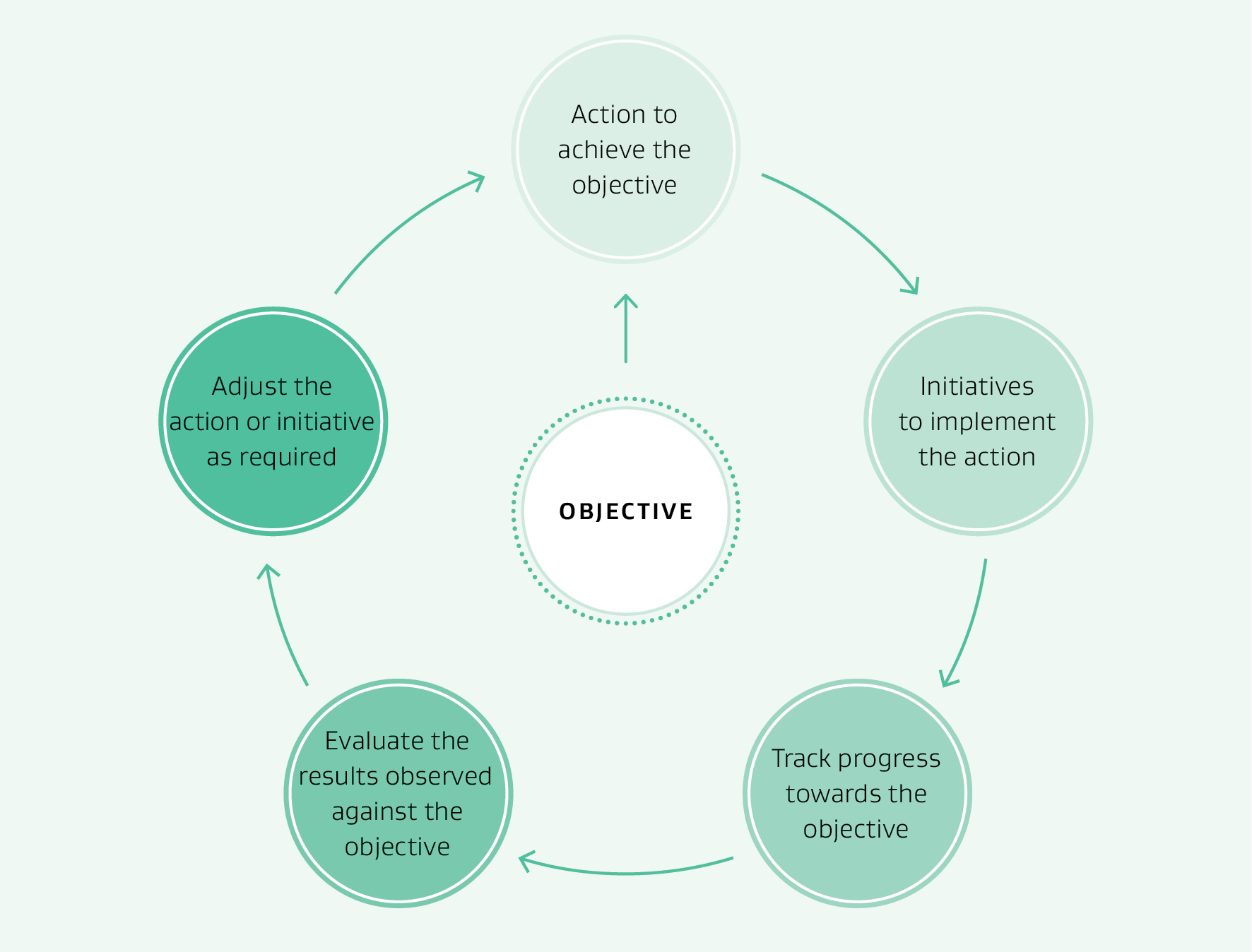How will we know we have succeeded?
On this page
Measuring success
To understand how well we are tracking towards the 2032 vision we need indicators of progress.
Tracking progress against the indicators will allow us to know whether the actions we are taking are having the positive effect we want and, if not, whether adjustments or a different course of action are needed. As shown in the diagram below, such tracking, evaluation and adjustment of settings needs to be seen as part of an ongoing cyclical process that ensures we stay on course to meet the objectives.

Text description
The table below sets out the indicators we will use to evaluate progress towards the objectives:
| Objective | Examples of indicator(s) |
|
A. By 2032 all people in New Zealand will be able to access networks that provide high speed broadband and reliable voice services |
|
|
B. New Zealand ranks consistently in the top 20 per cent of OECD nations (or a similar suitable substitute comparator) for connectivity measures, including broadband speeds and connections to fibre |
|
|
C. By 2032 every rural and remote resident and worker in New Zealand will have the ability to access the connectivity they need |
|
|
D. By 2032 New Zealand has a telecommunications network that is well positioned to cope with the nation’s unique resiliency challenges |
|
|
E. By 2032 the location and quality of New Zealand’s telecommunications infrastructure enables all New Zealanders to reduce greenhouse gas emissions and use energy more efficiently |
|

